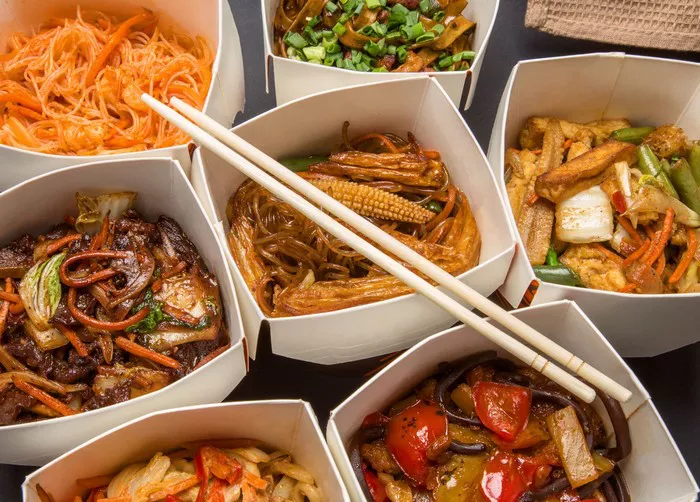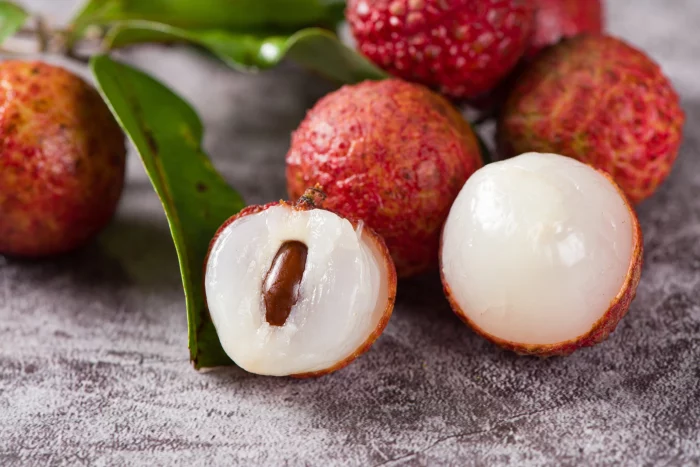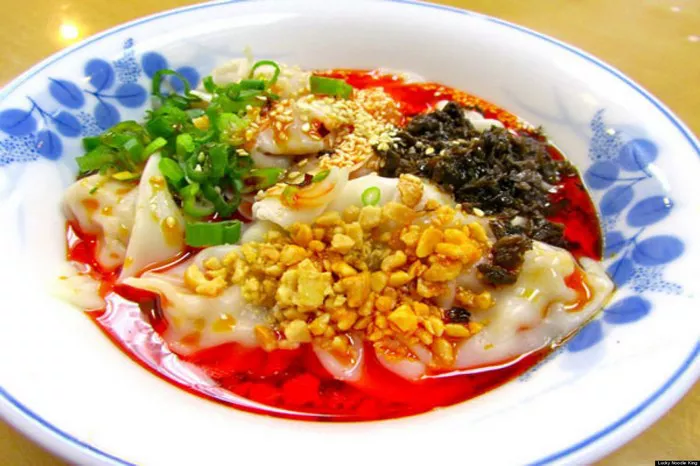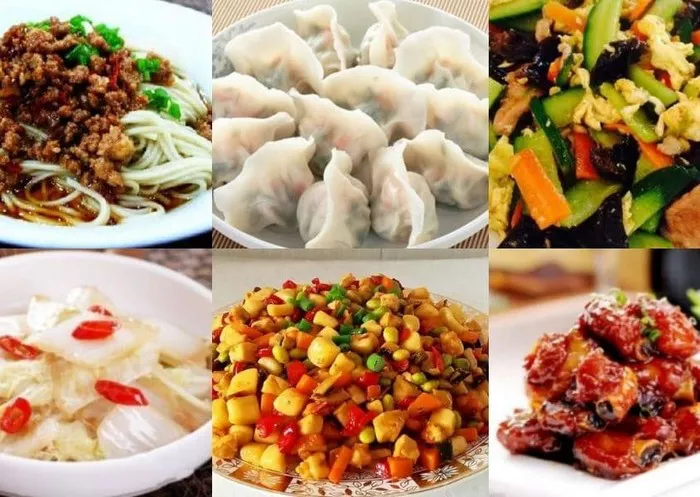Chinese cuisine is renowned for its diverse flavors, vibrant colors, and rich culinary heritage. Lunchtime in China presents a wide array of options, reflecting the country’s vast regional cuisines and unique culinary traditions. From quick street food bites to leisurely sit-down meals, Chinese lunches offer a delightful exploration of flavors and textures. In this article, we will take a closer look at the diverse range of dishes and ingredients that make up a typical Chinese lunch.
Regional Varieties: From North to South
China’s vast territory is home to various regional cuisines, each with its own distinct flavors and specialties. Let’s explore some regional lunchtime favorites:
1. Northern China:
Jianbing: This popular street food is a savory pancake made from a thin batter of wheat flour and mung bean paste. It is typically filled with scrambled eggs, scallions, cilantro, and a variety of sauces, creating a delicious and filling handheld meal.
Baozi: Baozi are steamed buns filled with a variety of savory ingredients, such as pork, vegetables, or even sweet fillings like red bean paste. These soft and fluffy buns are a common choice for a quick and satisfying lunch.
2. Sichuan Province:
Mapo Tofu: A signature Sichuan dish, Mapo Tofu features silky tofu cubes cooked in a spicy and flavorful sauce made with chili bean paste, Sichuan peppercorns, and minced pork. It is often served with steamed rice and provides a satisfying and spicy lunch option.
Dan Dan Noodles: These noodles are served in a spicy sauce made with chili oil, sesame paste, Sichuan peppercorns, and minced pork. Topped with crispy peanuts and scallions, Dan Dan Noodles offer a tantalizing combination of flavors and textures.
3. Shanghai:
Xiaolongbao: These delicate steamed soup dumplings are a Shanghai specialty. Filled with savory broth and minced pork or crabmeat, Xiaolongbao are enjoyed by gently placing them in a spoon, nibbling a small hole, and sipping the flavorful soup before devouring the rest.
Shengjianbao: Similar to Xiaolongbao, Shengjianbao are pan-fried dumplings with a thick and crispy bottom. They are filled with a mixture of minced pork and fragrant broth, providing a delightful contrast between the crispy exterior and juicy filling.
4. Cantonese Cuisine:
Dim Sum: Cantonese dim sum is a popular lunchtime tradition. It consists of bite-sized portions of various dishes, including steamed dumplings, rice noodle rolls, BBQ pork buns, and pan-fried turnip cakes. Dim sum is often enjoyed with a pot of fragrant tea, making it a leisurely and sociable lunch experience.
Wonton Noodle Soup: This comforting dish features thin egg noodles served in a flavorful broth with plump wontons filled with minced pork or shrimp. Topped with greens and a drizzle of sesame oil, it is a light yet satisfying lunch option.
5. Fujian Province:
Buddha Jumps Over the Wall: A renowned Fujianese dish, Buddha Jumps Over the Wall is a rich and luxurious soup made with a variety of ingredients, including abalone, sea cucumber, fish maw, mushrooms, and chicken. This complex and flavorsome soup is considered a culinary masterpiece and is often reserved for special occasions.
Oyster Omelette: This popular street food dish features a crispy and fluffy omelette filled with fresh oysters and vegetables. It is often served with a tangy and savory sauce, offering a delightful combination of textures and flavors.
Staple Dishes and Accompaniments
In addition to regional specialties, there are several staple dishes and accompaniments that are commonly enjoyed during lunchtime across China:
Rice and Noodles: Both rice and noodles play a vital role in Chinese cuisine and are often the foundation of a lunchtime meal. Steamed rice, fried rice, or noodles stir-fried with vegetables, meat, or seafood provide a satisfying and filling base.
Vegetable Stir-Fries: Chinese lunches often feature a variety of vegetable stir-fries, showcasing fresh seasonal produce. Bok choy, Chinese broccoli, snow peas, and cabbage are commonly stir-fried with garlic, ginger, and soy sauce, creating simple yet flavorful dishes.
Soup: Chinese lunches may include a light soup as a starter or accompaniment. Clear broth soups with vegetables, mushrooms, or tofu are often enjoyed for their nourishing qualities and gentle flavors.
Dumplings: Dumplings, whether steamed, boiled, or pan-fried, are a popular lunchtime choice. They can be filled with a variety of ingredients, including pork, shrimp, vegetables, or even fruits for sweet dumplings.
Pickles and Preserved Vegetables: Chinese cuisine also features a wide range of pickled and preserved vegetables. These tangy and flavorful accompaniments provide a refreshing contrast to richer dishes and add depth to the overall meal.
Conclusion
The Chinese lunchtime experience is a journey through the country’s rich culinary traditions and regional specialties. From the savory delights of northern China to the fiery flavors of Sichuan, and the delicate dim sum of Cantonese cuisine, Chinese lunches offer a diverse range of dishes and flavors. Whether it’s a quick street food snack or a leisurely dim sum feast, lunchtime in China is a celebration of culinary diversity and a reflection of the country’s vibrant food culture. So, the next time you sit down for a Chinese lunch, savor the flavors, embrace the regional specialties, and enjoy the culinary journey that awaits you.






















